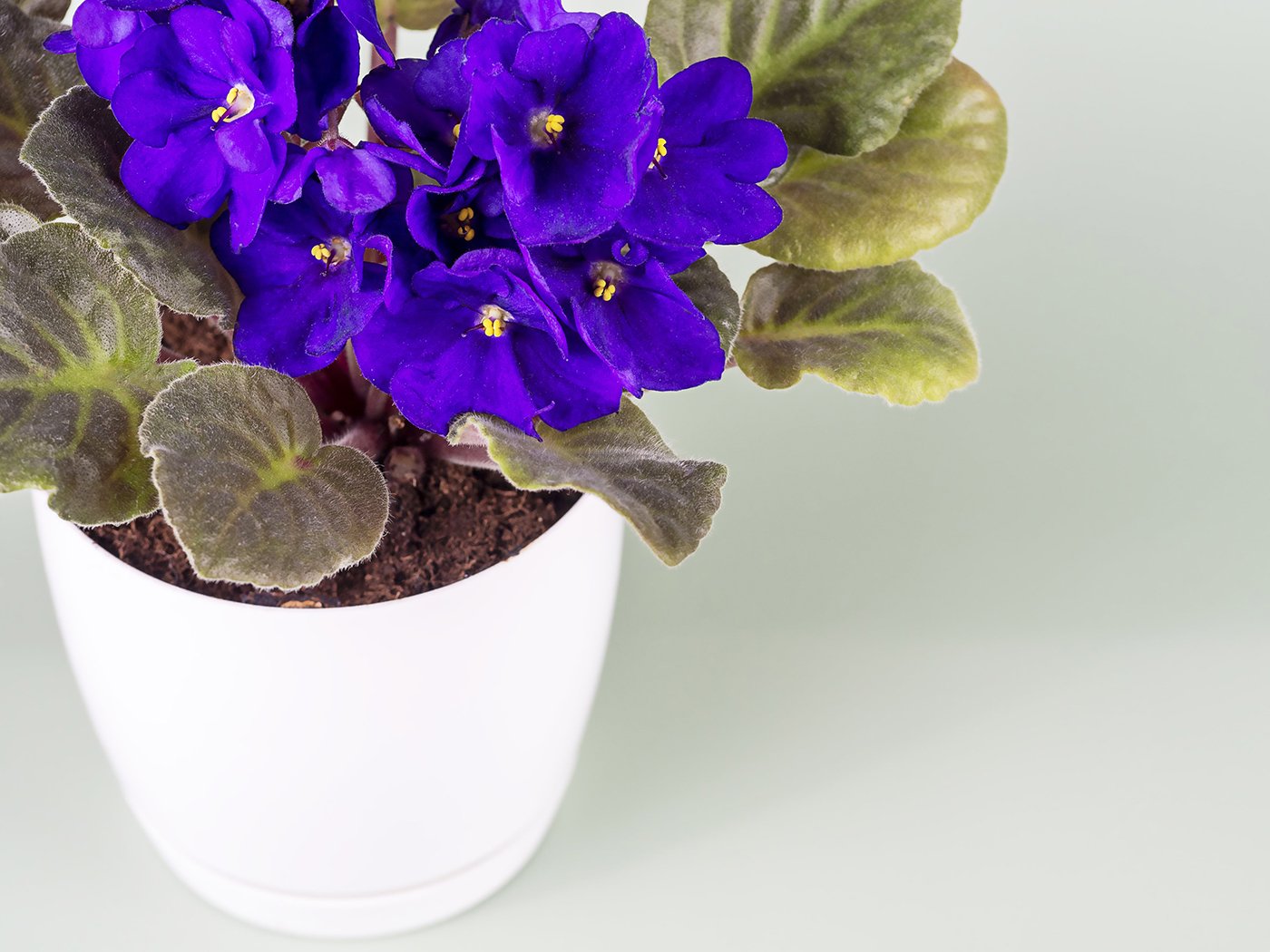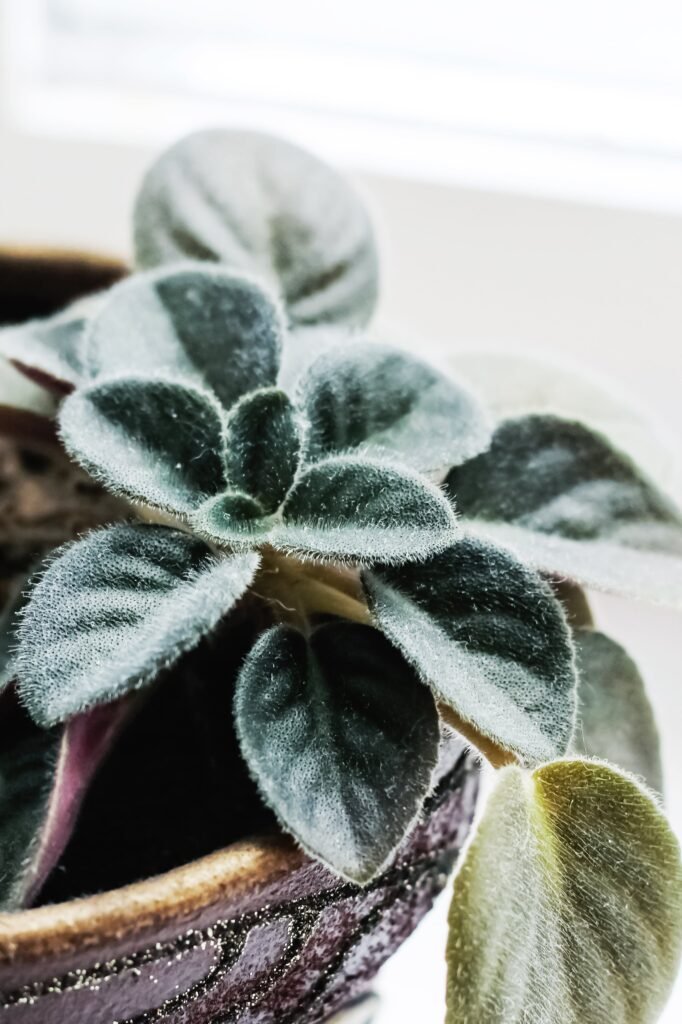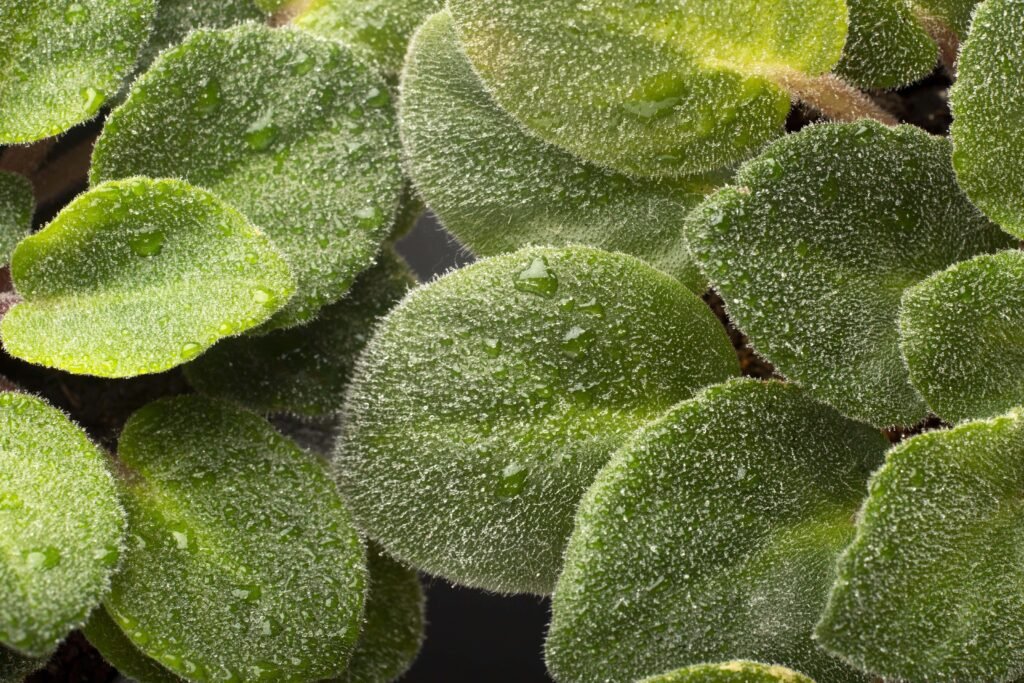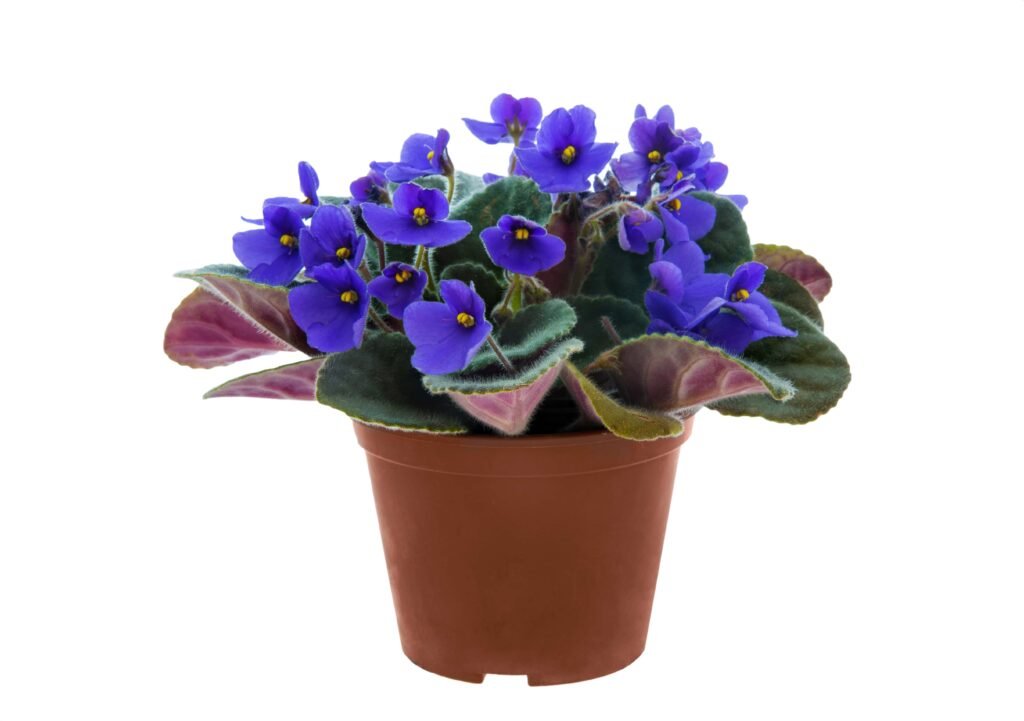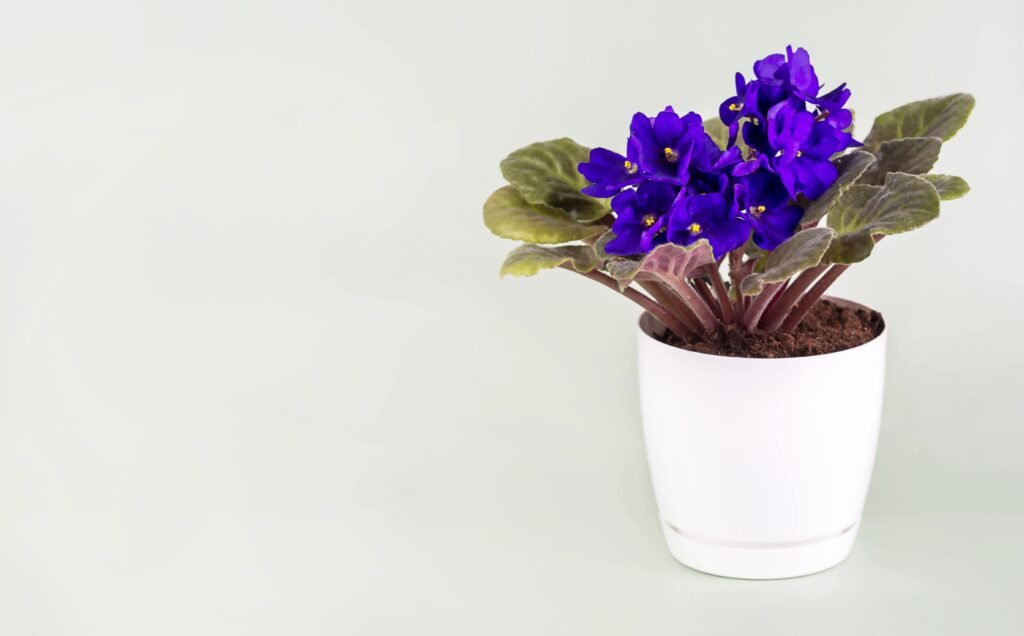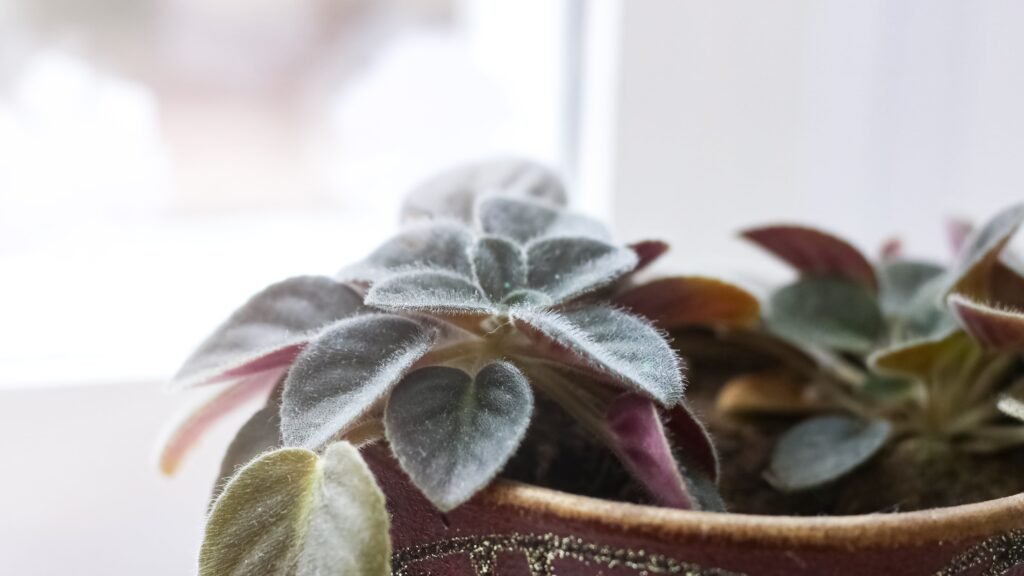VIOLETS
- admin
- July 6, 2024
- Uncategorized
-
Post Views: 101
- 0
- lighting: Violets prefer bright light without direct sun, so if there is not enough sunlight, it is recommended to use extra fluorescent light.
- watering: the watering should be moderate. While watering, try to put water under the leaves or water the plants from bottom. If the foliage tough and fleshy, it means the watering is within the norm.
- fertilizing: fertilize the plant regularly during the whole year, as it can bloom all year around. Use the fertilizer for flowering plants.
- humidity: Violets like the high level of air humidity, but still it can feel fine with dry air. It is not recommended to mist the plants as it is not good for flowers and foliage.
- temperature: the young plants can normally grow with the temperature between 73 and 77°F. For adult plants the temperature can be reduced to 68 °F. The most important thing is to keep day and night temperature almost the same. Violets don’t like drafts as well.
- repotting: Violets need to be repotted, as soon as the pots become small for them. Use the pot three times smaller than the diameter of rosette. Be very careful while repotting the plant. The roots are very tender, so it is better to keep the previous ball of soil not to damage the plant.

